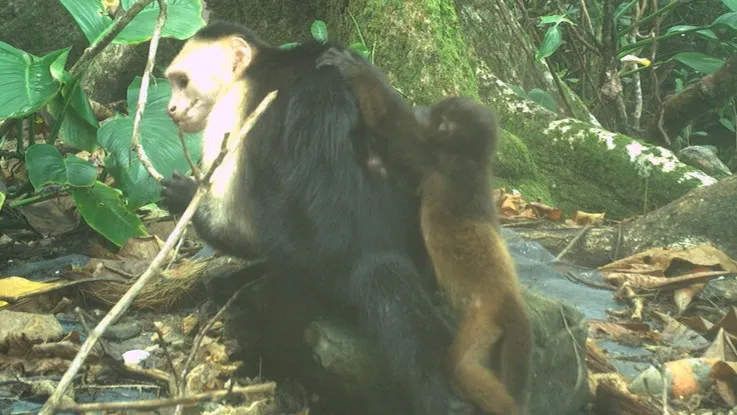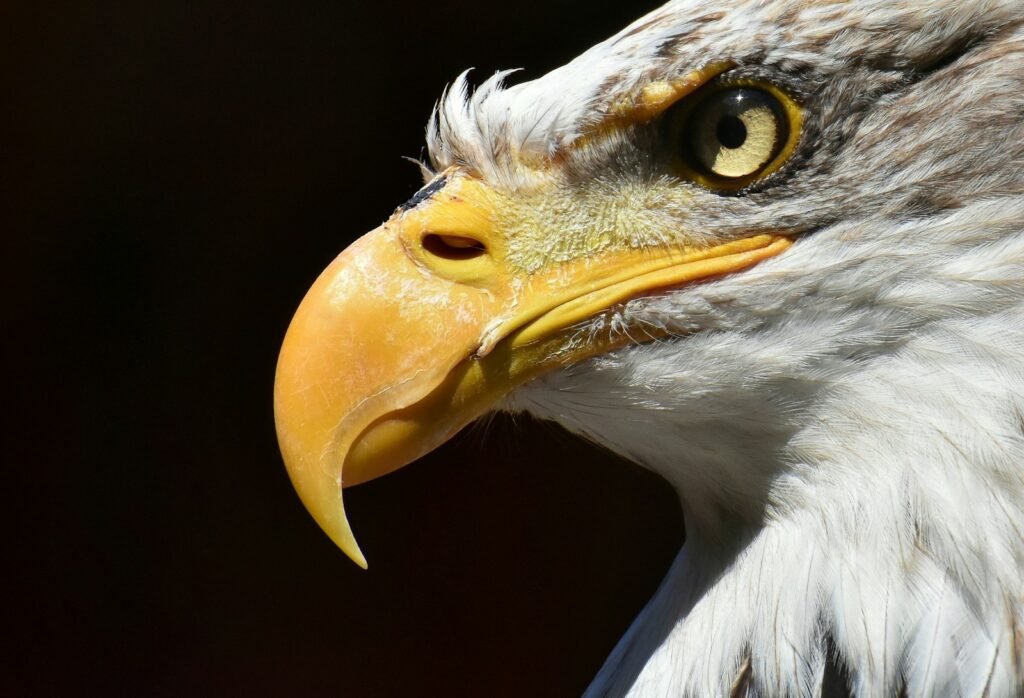A group of capuchin monkeys has evolved a terrifying new habit on a remote island off the coast of Panama: kidnapping young howler monkeys. What started as an anomaly, a single young man carrying an infant from another species has descended into a deadly “fad,” engulfing the group with no apparent benefit to the kidnappers and lethal effects for their victims. Scientists are perplexed since they find it the first recorded instance of a socially learned tradition involving interspecies abduction without any survival benefit. The behavior begs disturbing issues regarding animal society, the roots of harmful customs, and whether boredom not necessity can inspire wild creativity.
The Discovery: A Shocking Find in Camera Trap Footage
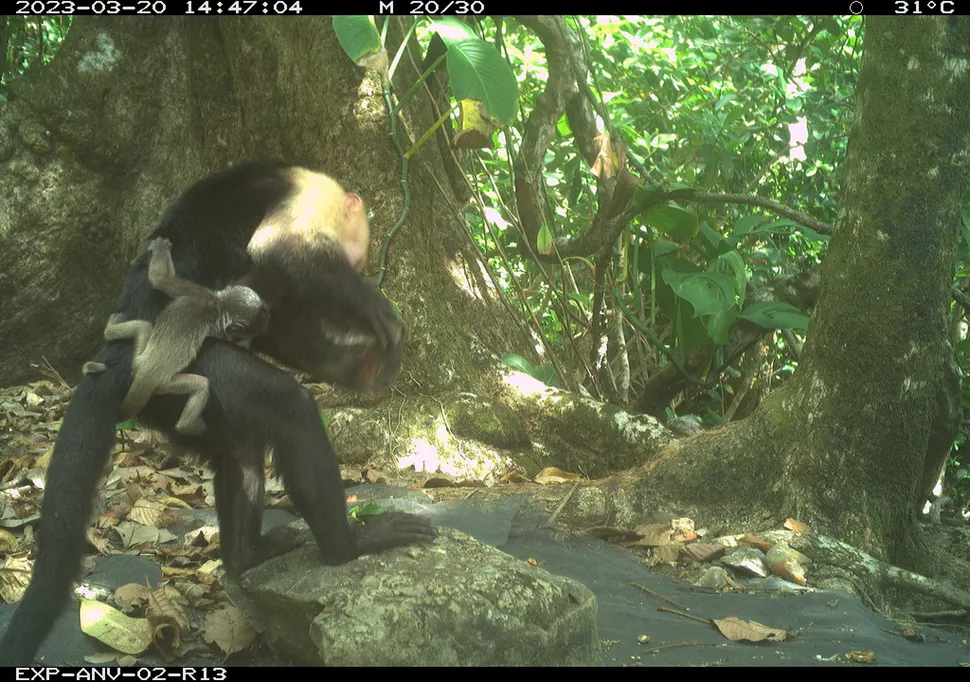
Reviewing footage from motion-triggered cameras on Jicarón Island in 2022, doctoral researcher Zoë Goldsborough came upon something unheard-of: a young male capuchin monkey clutching to his rear. She said, “It was so weird that I went straight to my advisor’s office.” Originally believing it might be a rare case of cross-species adoption, the team had been observing these monkeys since 2017 for their tool-use activities. Actually, though, the truth was far more unusual.
Five different male capuchins carrying eleven howler infants some for up to nine days—were photographed over the next fifteen months. All under four weeks old, the babies clung to their captors as the capuchins went about their daily business breaking nuts with stones, foraging, even sleeping. But none of them made it. Four were verified dead; the others most certainly perished from malnutrition since male capuchins cannot produce milk.
The “Influencer” Monkey: How One Male Started a Trend
The behavior started with a single capuchin called Joker by researchers because of a facial scar. He was the first seen carrying howler babies, and for months researchers thought it was an isolated quirk. Five months later, four more young men started doing the same.
“This wasn’t random; it was a socially transmitted fad,” Goldsborough’s advisor Brendan Barrett said. Like human patterns, the spread reflected the eccentricity of one person becoming the standard for others. Unlike adoption, usually a female activity, this was driven by men, so negating maternal instincts. Rather, scientists believe imitation for its own sake that of chimpanzees wearing grass in their ears or orcas sporting “salmon hats”.
A Deadly Game: Why Are the Capuchins Doing This?
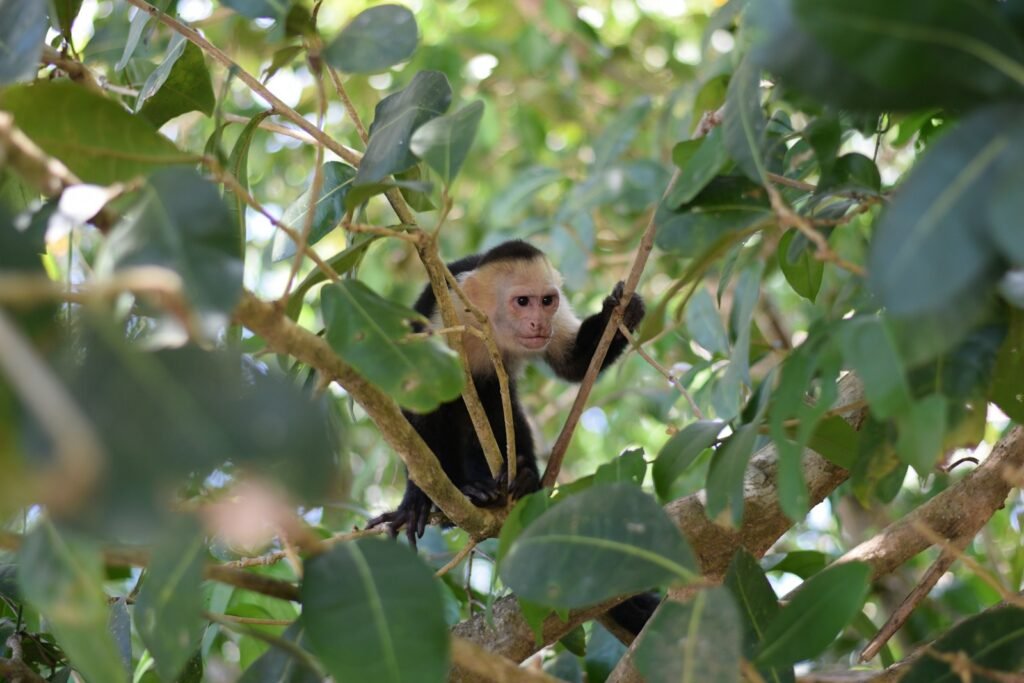
The most bewildering feature is Not one clear advantage exists here. The capuchins neither play with the babies, eat them, nor acquire social status. Actually, carrying a howler infant makes tool use more difficult. So why bother?
One perspective is boredom. Jicarón’s capuchins live in a paradise free of predators with lots of food. “Survival is simple here,” project leader Meg Crofoot said. “With no threats, they have time to innovate even if the invention is destructive.” The only tool users of the island are the same men, suggesting that both activities are driven by simple curiosity.
Still another possibility is misdirected newborn care. Sometimes male capuchins carry the young of their own species to form bonds with prospective allies. But the dynamic is eerily detached with whirlers. “It’s like a youngster with a jar of lightning bugs,” said Barrett. “They find it cool, but for the bugs, it’s a death sentence”.
The Victims: Howler Monkeys in Peril
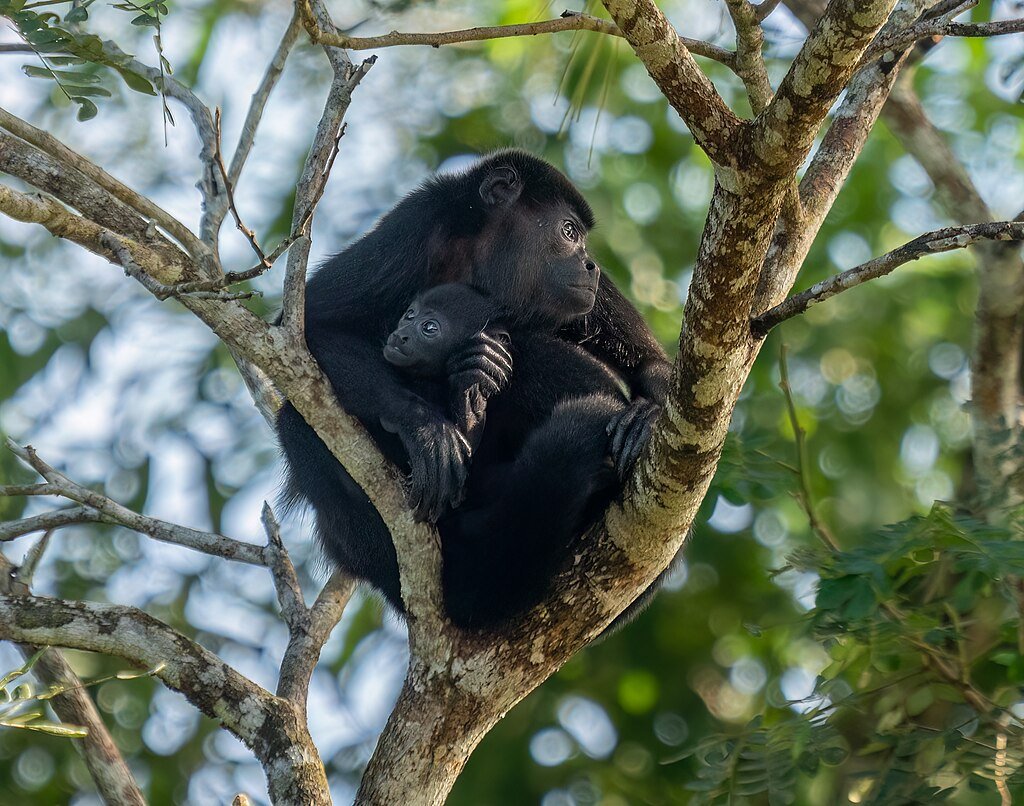
For the threatened Coiba howler monkey, a subspecies with a declining population, the kidnappings are disastrous. From their mothers, who are heard on camera screaming helplessly from surrounding trees, infants are snatched. Given that howlers only produce one baby every two years, even a few losses could upset nearby populations.
Unbelievably, the capuchins seem to ignore or show no concern when the babies die. For days some carried dead bodies. “They didn’t hurt them,” stressed Goldsborough. “But they could not save them either”.
A Mirror to Human Culture: What This Reveals About Social Learning
This phenomena makes researchers rethink animal treatment. Not always adaptive are traditions; occasionally they are useless or destructive. “We demonstrate that non-human animals can evolve traditions with negative results,” said Barrett. The actions of the capuchins reflect humanity’s own inclination for fads knocking on wood, viral challenges disseminated just because others are doing them.
Primatologist Susan Perry unaffiliated with the study notes that capuchins are “fast, curious, and love to poke things.” Their intelligence combined with a lack of natural checks could help to explain why this behavior first surfaced here and nowhere else.
Conservation Concerns: Will This Fad Fade Or Worsen?
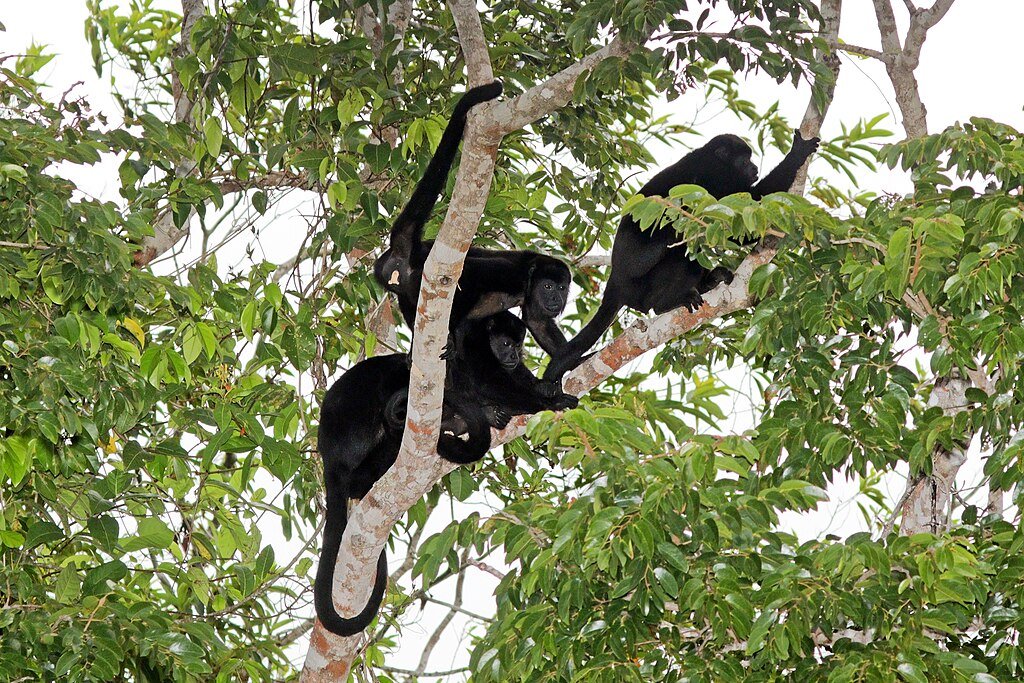
The key question is: Will it stop? The camera study stopped in 2023, leaving academics wondering whether the custom continues. Should it spread, it could endanger Jicarón’s herler survival.
Still, there is hope. Animal trends sometimes vanish like the salmon-hat phase of orcas. “They might just lose interest,” Goldsborough said. Alternately, howlers might adjust to become more defensive. Scientists are left observing, uncomfortable at this sinister turn in primate behavior for now.
Conclusion: A Strange New Chapter in Animal Behavior
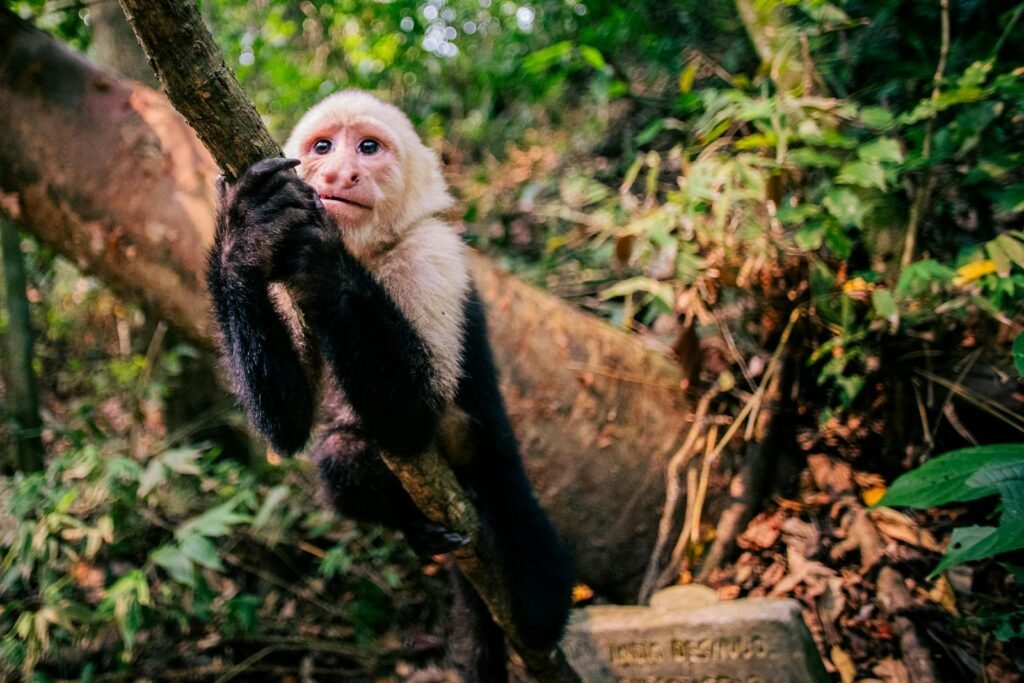
The capuchins of Jicarón Island have revealed an astonishing reality: survival is not always the focus of animal kingdom culture. Sometimes it’s about curiosity, imitation, and the odd behavior animals exhibit when life is too easy. “Necessity isn’t always the mother of invention,” Crofoot said. Sometimes it is simply free time and a lack of predators”.
The howlers pay the cost for now, scientists are left wondering what other strange customs might exist in the wild, just waiting to be unearthed.
Sources:

Jan loves Wildlife and Animals and is one of the founders of Animals Around The Globe. He holds an MSc in Finance & Economics and is a passionate PADI Open Water Diver. His favorite animals are Mountain Gorillas, Tigers, and Great White Sharks. He lived in South Africa, Germany, the USA, Ireland, Italy, China, and Australia. Before AATG, Jan worked for Google, Axel Springer, BMW and others.

